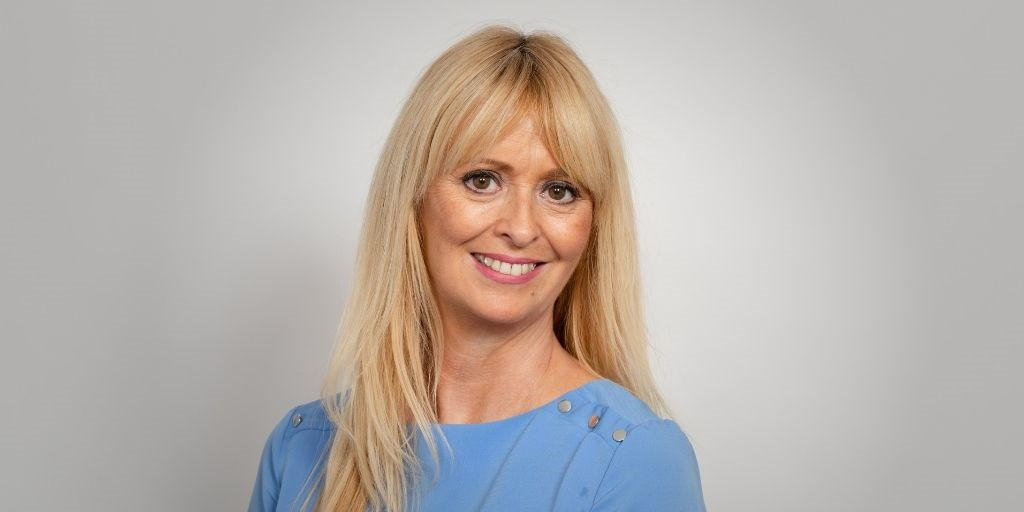10/12/2019
Jane Penman

A public liability accident is an injury that you incur as a consequence of falling, tripping, slipping or being hit by an object in a public place. If it’s found that the owner of the area has been negligent, you may be entitled to make a claim for compensation.
Owners or organisations responsible for the maintenance and upkeep of any public place or area are legally required to ensure it’s a safe environment. Failing to do this can make them liable for any accidents that occur. A claim for compensation may be paid for by their public liability insurance policy. There are many different types of public liability accidents and some of these are outlined below:
- Slipping on an icy surface that hasn’t been gritted for example, in a car park
- Suffering burns from spilled drinks or hot water taps, for example, in a café or restaurant
- Slipping on spillages that haven’t been cleaned up
- Being hit by a falling object
- Falling over boxes or other items that have been left in walkways
- Being exposed to hazardous substances, such as asbestos or chemicals
- Trapping your fingers or hand in faulty doors
- Tripping over a defective pavement, kerb or pothole
- Cuts from broken glass or sharp metal
- Whiplash from faulty escalators or sudden braking in lifts
What you can claim for
As with all personal injury claims, when you apply for compensation you can submit a claim for both general and special damages.
General damages are monies paid out to you for the pain and suffering you incur as a result of your injury. The amount of damages you’re awarded will depend on the severity of your injury, how long it’s likely to take for your to recover, if you need ongoing medical treatment as a result of your injury and whether you’ll need lifelong care.
Special damages pay for any medical fees and out of pocket expenses. For example, you might need physiotherapy to help with your recovery, you may have lost income due to being absent from work, you might not be able to drive so have to take taxis to get to hospital or rehabilitation appointments or your clothing may have been damaged in the accident.
More serious injuries may involve your home having to be adapted to accommodate your new circumstances. Or, your accident may leave you unable to work again so you don’t have a wage or the ability to finance future pension contributions – all of these factors will be taken in to account when calculating special damages.
How long do you have to make a claim
Claiming compensation for a public liability accident has the same time limit as all other personal injury claims; three years from the date you suffered your injury.
There are some exceptions to this rule, but these are special situations where the injury or illness doesn’t manifest itself until sometime after being sustained. Mesothelioma, for example, has a long incubation period in which the person affected may not develop symptoms of the condition until years after being exposed to Asbestos.
Whatever injury or illness you’re subjected to, if it wasn’t your fault, it’s important to seek legal advice as soon as possible.
How to make a claim
If you’re involved in an accident in a public place you that’s left you with an injury that was no fault of your own, you should:
- Report it to whoever owns or is responsible for maintaining the space. There may be an accident book and you should ask that the accident is recorded in it to ensure the details (time, date, circumstances, facts surrounding injury) are correct
- Get medical treatment, either at the scene, with your GP or at hospital
- If possible, take photos of your injury
- Obtain the names and contact details of any witnesses to the accident
- Make sure you keep all your receipts for any expenses you incur, such as taxis, medication, loss of earnings, damage to clothing or belongings
- Contact a solicitor who will be able to inform you if you’re eligible to make a claim for compensation
Please note that this article is meant as general guidance and not intended as legal or professional advice. Updates to the law may have changed since this article was published.

